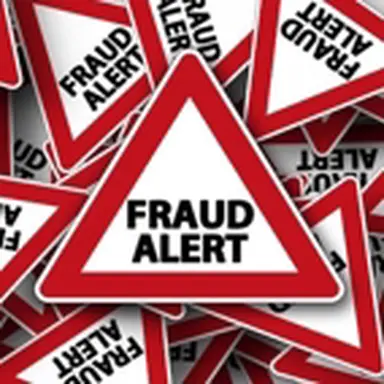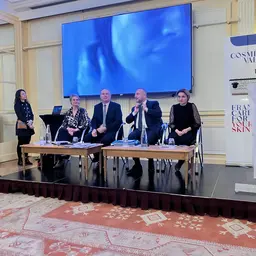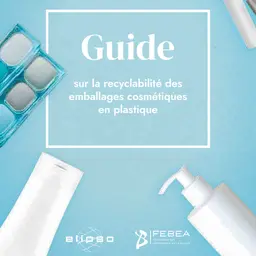
Every year, many consumers buy counterfeit beauty products, knowingly or not, at prices defying any competition. However, behind these ‘good deals’, there are a few parameters to take into account to measure the dangerousness of such practices. FEBEA (French Federation of Beauty Companies) has set up a workshop to raise public awareness and help consumers recognize a counterfeit cosmetic product. Here is a summary in five points.
• What is the legal definition of a counterfeit product?
It is the use with no right of an element under intellectual property protection.
It is characterized by the reproduction of a brand’s essential and characteristic elements, a drawing, a model, a work of art, or a patent.
• What is the impact on the economy?
According to a report drafted in 2016 by the European Customs services, 2.5% to 3% of all customs seizures concern cosmetics. As for French Customs, they state they seized almost 511,992 counterfeit skincare products in 2014. These significant figures represent a shortfall in earnings for brands and directly impact the industry’s durability. FEBEA estimates perfumes and cosmetics counterfeiting represents 10% of the global market.
• In what way are brands harmed by counterfeiting?
First, counterfeit products represent a loss of turnover for the brands impacted. In addition, FEBEA explains that ‘the image of manufacturers’ product quality and exclusivity might be altered, or at least threatened. As a matter of fact, the way in which their product reputation and originality become commonplace is harmful to both companies and consumers, who turn their back to authentic products because they think they are bad quality.’ Generally speaking, counterfeiting induces a loss of confidence in brands.
• What are the penalties for counterfeiters?
Adopting this type of illegal practice is risky.
Under criminal law, counterfeiters may be required to pay a €300,000 fine and spend three years in prison (€500,000 and five years if the offences are perpetrated by an organized group). However, bear in mind that these penalties may be doubled in the event of a second offence or under aggravating circumstances: e.g. closure of the site used.
From a civil standpoint, damages may need to be paid to the right holder.
From a customs point of view, counterfeiters could see their goods and means of transport confiscated and get a fine up to twice the value of the authentic product.
• How can I avoid this trap?
Forewarned is forearmed! That is the reason why FEBEA puts so much emphasis on the importance of raising public awareness and giving consumers clues to recognize the authenticity – or not – of a product. First, buyers should beware of the point of sale and avoid ‘non-official’ stores as much as possible. The product price is the second criterion to be taken into account: too low a price should arouse suspicion. Lastly, the packaging should be examined, since it provides precious information like the name and address of the manufacturer. If you have a closer look at it, you can detect spelling or syntax mistakes. All these clues show the product is a counterfeit.
For online shopping lovers, FEBEA recommends always verifying the quality of the website, tracking down any clue likely to question the credibility of the retail space, and checking the guarantees and solutions available in the event of a dispute.
Beware of ‘too’ good deals, even if prices may sometimes sound attractive. It is essential to bear in mind that a counterfeit cosmetic product comes from an uncontrolled illegal channel and may cause physical damage to the consumer.
JS













